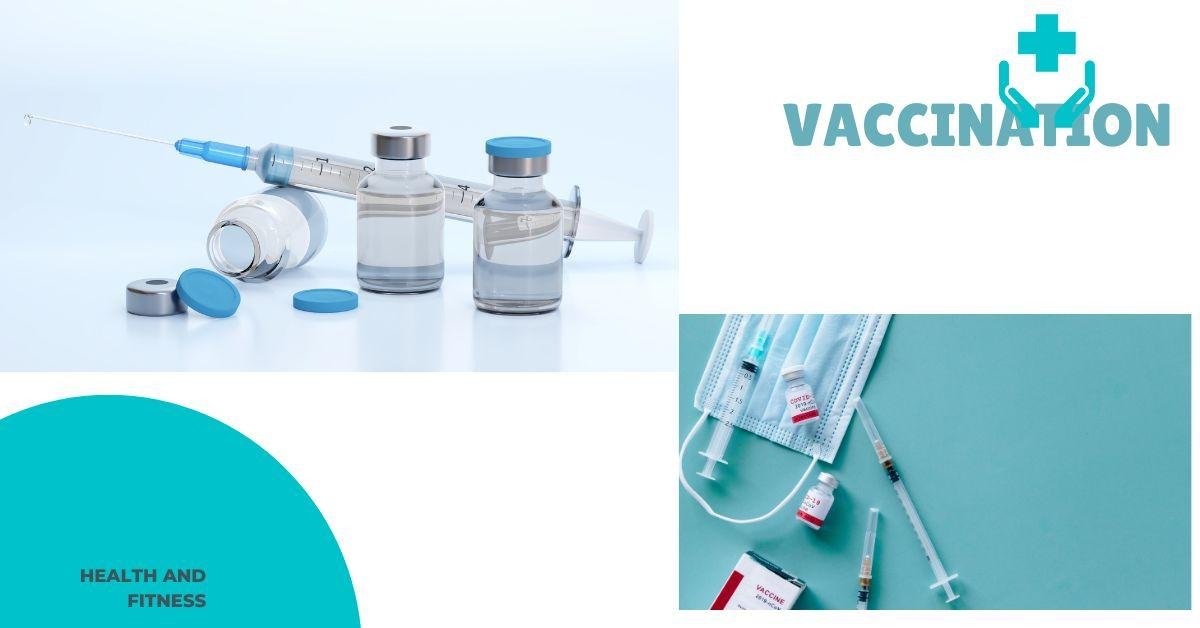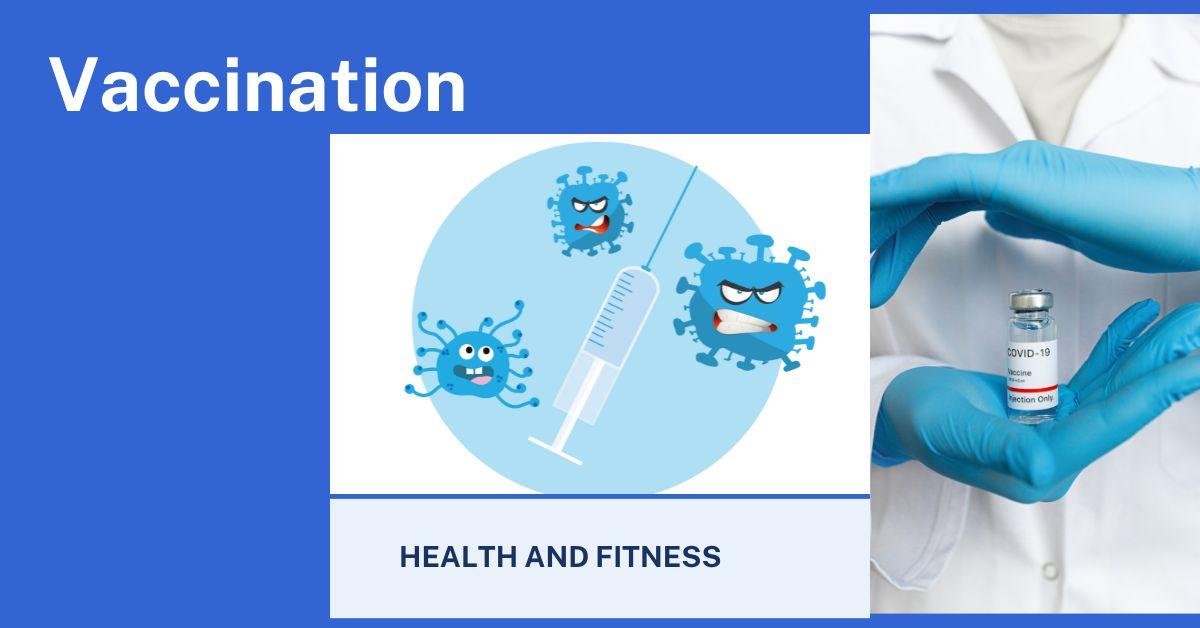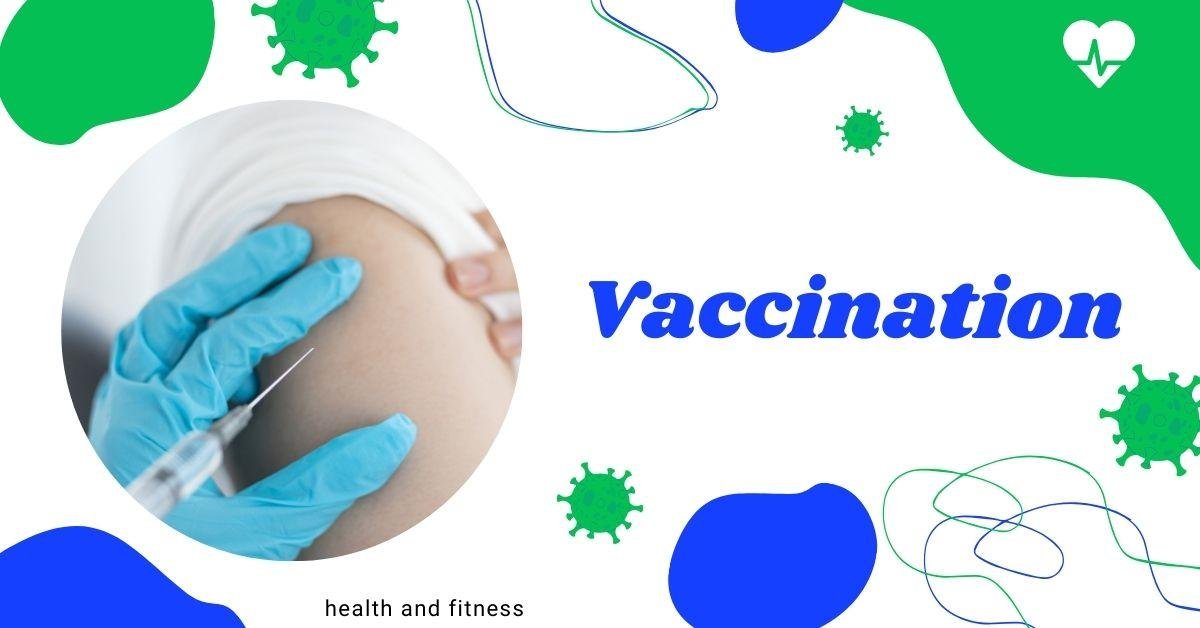In order to prevent disease, vaccination, suspensions of weakened, dead, or fragmented microbes or poisons, or other biological preparations like those made of antibodies, lymphocytes, or messenger RNA (mRNA) are used.
B cells in humans
B cell in humans A transmission electron micrograph of a B cell, also known as a B lymphocyte, in humans.
By inciting the immune system to combat a particular pathogen, vaccination can provide active immunity against that agent. After being triggered by a vaccination, B cells (also known as B lymphocytes), which produce antibodies, stay sensitized and prepared to react to the agent should it ever enter the body. By supplying antibodies or lymphocytes that an animal or human donor has already produced, a vaccination can also provide passive immunity.
In 1796, British physician Edward Jenner created the first vaccination by using the cowpox virus (vaccinia) to protect people against smallpox, a similar virus. But before that, Asian doctors used the concept of vaccination to prevent smallpox by giving children dried crusts from smallpox patients’ lesions. Others contracted the illness, while others gained immunity. Jenner’s contribution was the use of a smallpox-like but safer immunity-inducing chemical. Therefore, he took advantage of the relatively uncommon circumstance where antibody to one virus provides defense against another viral illness.
Following Pasteur’s time, a thorough search for novel vaccinations was carried out, and vaccines against venoms and other poisons, as well as against bacteria and viruses, were created. Smallpox was eliminated globally by immunization by 1980, while polio incidences decreased by 99 percent. Mumps, measles, typhoid fever, cholera, plague, tuberculosis, tularemia, pneumococcal infection, tetanus, influenza, yellow fever, hepatitis A, hepatitis B, certain types of encephalitis, and typhus are other diseases for which vaccines have been developed; however, some of those vaccines are not 100% effective or are only administered to high-risk populations. Since viral illnesses do not react to medications like bacterial infections do, vaccines against viruses offer particularly significant immune protection.

Creating a vaccine that is effective at preventing infection without causing severe illness is the problematic part of vaccine development. In order to do this, scientists have developed many vaccines. Microorganisms used in weakened or attenuated vaccination are still capable of promoting immunity but can no longer cause severe disease. A moderate or subclinical form of the disease could result from them. Vaccines against tuberculosis, rubella, polio (the Sabin vaccine), measles, and mumps are examples of attenuated vaccines. Vaccinations that include organisms that have been destroyed or rendered inactive by heat or chemicals are known as inactivated vaccination.
Compared to attenuated vaccines, inactivated vaccines frequently produce a less comprehensive immune response. More inactivated vaccinations are given since they are less effective at preventing infection than vaccines derived from attenuated bacteria. Inactivated microorganisms are used to make vaccines against cholera, polio, rabies, and some types of influenza (the Salk vaccine). Subunit vaccines, which are produced from proteins present on the surface of infectious organisms, are an additional kind of vaccination. They include hepatitis B and influenza vaccines. It is possible to boost immunity against whooping cough (pertussis), diphtheria, and tetanus by inactivating toxins, which are metabolic byproducts of pathogenic organisms.
Improvements in laboratory methods in the latter half of the 20th century made it possible to improve vaccine development strategies. The genes of a pathogen (disease-causing microbe) that encode the protein or proteins that trigger the immune response against that organism could be found by medical researchers. This made it possible to mass-produce and employ the immunity-stimulating proteins, often known as antigens, in vaccines. It also enabled the creation of weaker viral strains and the genetic modification of infections. In this manner, infections’ toxic proteins can be eliminated or altered, offering a safer and more efficient means to produce attenuated vaccines.
Recombinant DNA technology has also been helpful in creating vaccines against viruses that are harmful by nature, or that cannot be successfully cultivated. The attenuated form of a big virus, such as the vaccinia virus, is modified to carry the foreign genes “piggyback” by inserting genetic material that codes for a particular antigen. An individual receives an injection of the modified virus to promote the creation of antibodies against the foreign proteins, thereby granting protection. Once the vaccinia virus has been given genes from the relevant disease-causing microbes, the method may allow it to act as a live vaccine against a number of diseases. A modified bacteria, like Salmonella typhimurium, can be used as the carrier of a foreign gene in a similar way.
Vaccines against human papillomavirus (HPV) are generated from viruslike particles (VLPs), which are prepared by recombinant technology. Since the vaccines do not include live HPV genetic or biological material, they can not infect people. There are now two different kinds of HPV vaccines available: a tetravalent vaccine created with VLPs of HPV types 6, 11, 16, and 18, and a bivalent vaccine made with VLPs of HPV types 16 and 18.
Another method, known as naked DNA therapy, entails infusing muscle cells with DNA that codes for an alien protein. The foreign antigen is produced by the cells and triggers an immunological reaction.
RNA-based vaccines have garnered significant attention as a potential defense against rabies, influenza, and CMV infections. The advantage of messenger RNA (mRNA) vaccination is that their manufacturing process enables them to be developed faster than vaccines made using other techniques. Furthermore, their production may be standardized, allowing for quick scale-up to produce vast amounts of vaccine. Since the RNA in novel mRNA vaccines does not interact with human DNA or contain live viruses, they are both safe and efficacious.
Vaccination is advantageous at the population level in addition to producing memory B cells, which can initiate a secondary immune response when exposed to the pathogen that the vaccine is intended to prevent. Herd immunity is attained when a significant fraction of a population is vaccinated, which would result in a substantial number of people in that population being immune to the disease. This implies that the disease cannot spread throughout the population if there is random mixing of individuals within it. Herd immunity works by preventing the spread of infection or by reducing the likelihood that vulnerable people may come into touch with an infectious person.
People who are not personally immune to the disease, such as those who are unable to receive vaccinations due to age or underlying medical issues or those who have had vaccinations but are still at risk, can benefit from herd immunity. Herd immunity is essential for stopping the spread of illnesses like polio and measles, and it was a significant factor in the effective eradication of smallpox.

Negative responses
Although there is a chance of a reaction, side effects are usually extremely uncommon and minimal. Redness and discomfort around the immunization site are the most typical side effects of vaccinations. Certain vaccines may cause more serious side effects, including vomiting, a high fever, seizures, brain damage, or even death.
However, these reactions are extremely uncommon—for the majority of vaccines, they occur in fewer than one person out of every million. Additionally, only specific populations are typically affected by severe reactions, such as those receiving chemotherapy or those whose immune systems are weakened by underlying illnesses like HIV/AIDS.
Some negative health issues, including autism, speech impairments, and inflammatory bowel disease, have been linked to immunizations. Thimerosal, a substance containing mercury that is used as a preservative in vaccines, was the subject of several of those allegations. Some thought that thimerosal in infant immunizations was the specific cause of autism, which was a type of mercury poisoning. These assertions have been refuted. However, people’s perspectives were significantly impacted by the disinformation and anxiety created by untrue assertions regarding links between vaccines and autism.
Furthermore, the majority of people in nations with high vaccination rates have never personally encountered an illness that can be prevented by vaccination. As a result, some people became more concerned about the potential side effects of the vaccines themselves rather than the detrimental impacts of diseases that could be prevented by vaccination.
In certain parts of the world, vaccination rates have been declining due to a combination of complacency regarding diseases that can be prevented by vaccination and worries about the side effects of vaccination. As a result, not only were people more vulnerable to diseases that could be prevented by vaccination, but vaccination rates fell to the point that herd immunity was lost, allowing disease outbreaks to occur at the community level.
These outbreaks caused significant expenses for societies, particularly in terms of health and medical treatment, disability and financial stress, and fatalities. For instance, the number of children who had whooping cough vaccinations fell to such a low level in Japan, England, and Russia during the 20th century that it allowed for disease epidemics that killed hundreds of people and affected thousands more children.
Immunization can be induced artificially using a vaccine or organically, such as when a person is accidentally exposed to a pathogen (any infectious agent). In either scenario, vaccination produces immunity, or resistance, to a specific infection by the production of antibody proteins that are specifically designed to eradicate the pathogen from the body. These antibodies only react to a particular portion of the pathogen, known as an antigen, rather than the whole thing. A person can either actively or passively develop immunity to a specific virus. Active vaccination stimulates the production of antibodies and lymphocytes by the recipient’s immune system, whereas passive immunization gives them antibodies or lymphocytes that have been created by the immune system of another person.






